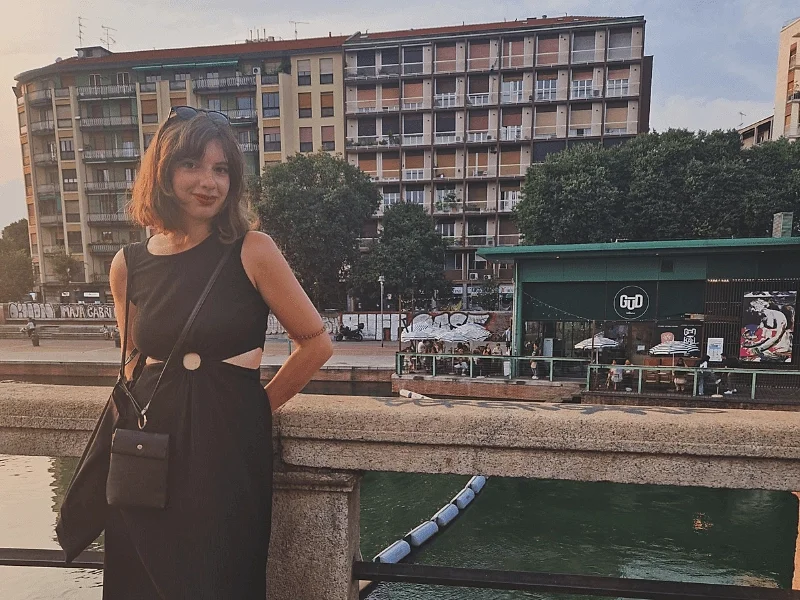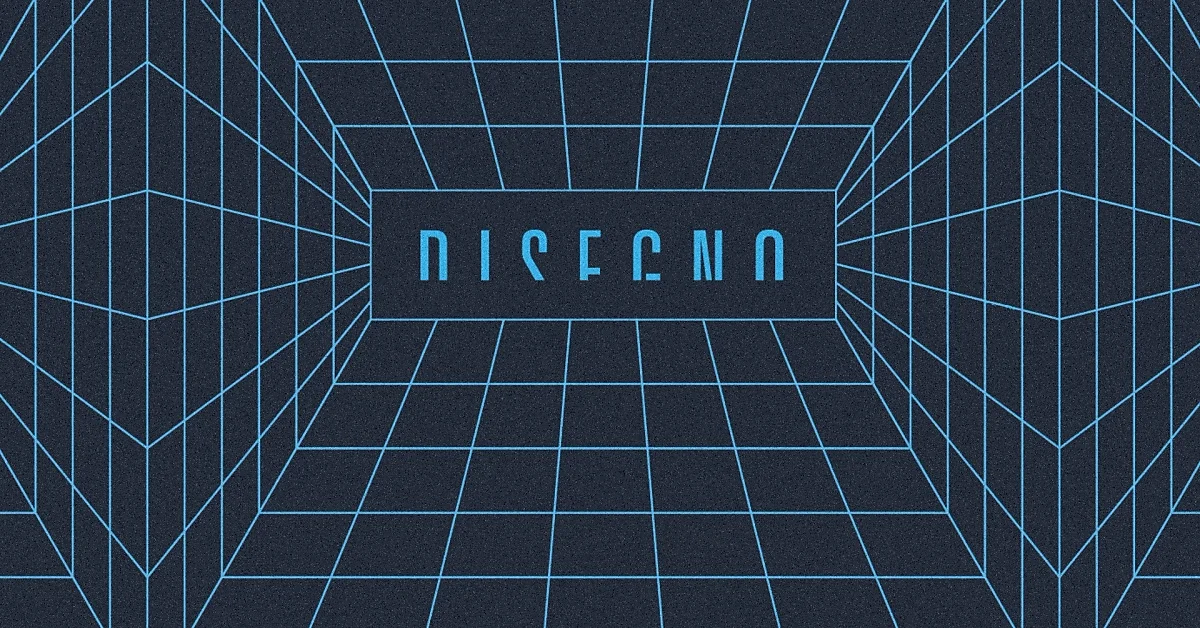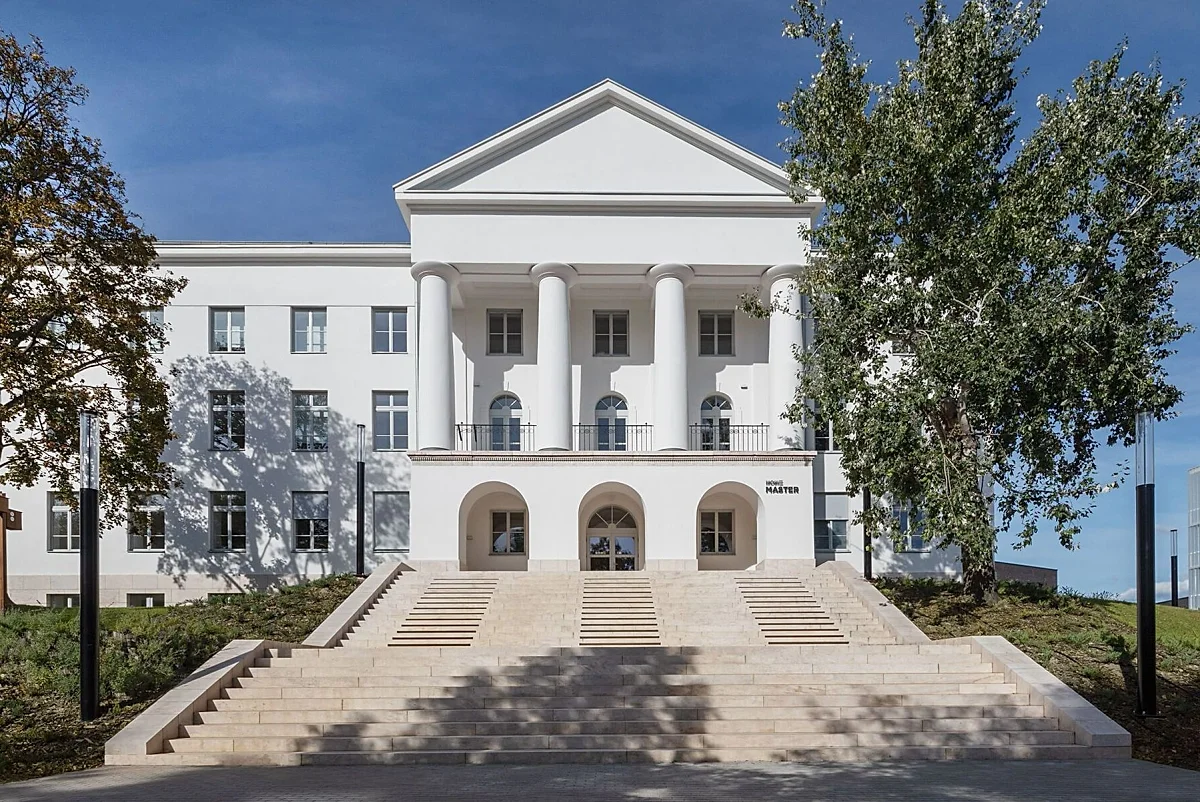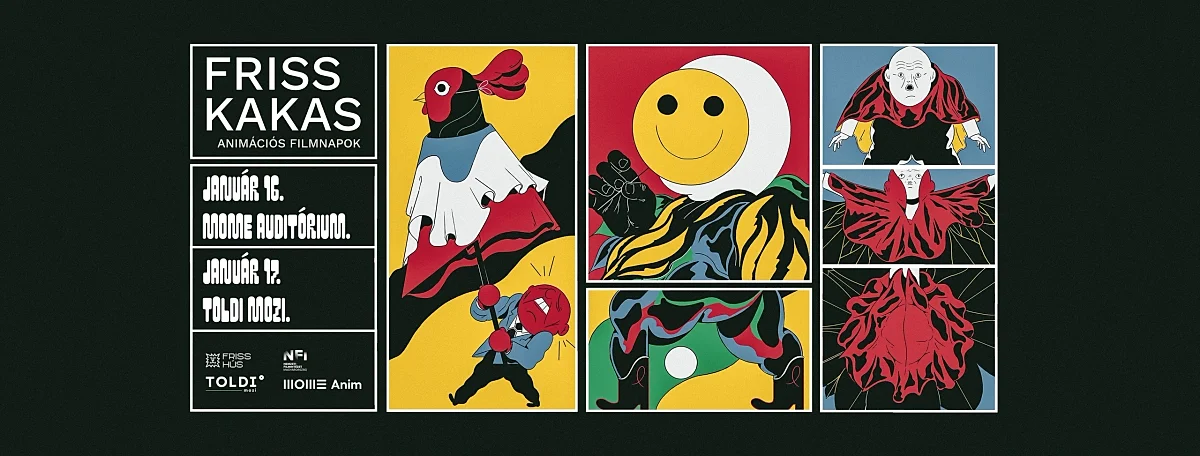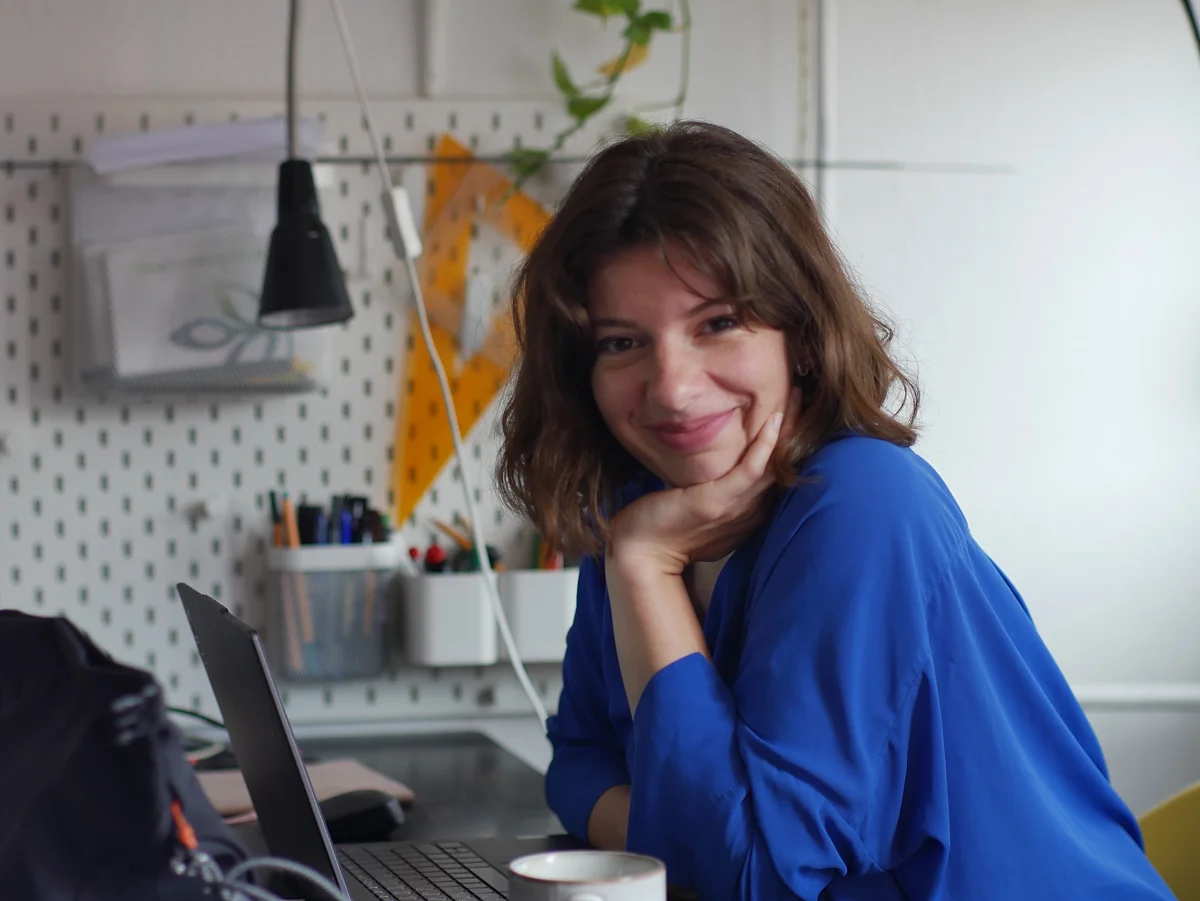
Jewellery designer, Patrícia Harsány MOME Jewellery and Metal Design MA alumna
If you had to sum up your time at MOME in three words, what would they be?
Experimentation, (constructive) chaos, freedom.
What did the MOME community give you?
Support, guidance on my path towards professional fulfilment – and yes, the occasional headache too.
But most importantly, I got to meet so many incredibly talented artists from a wide range of backgrounds.
Whether it was the residence hall community or the Momento Choir, MOME gave me a wealth of meaningful experiences, lasting friendships, and essentially a second family.
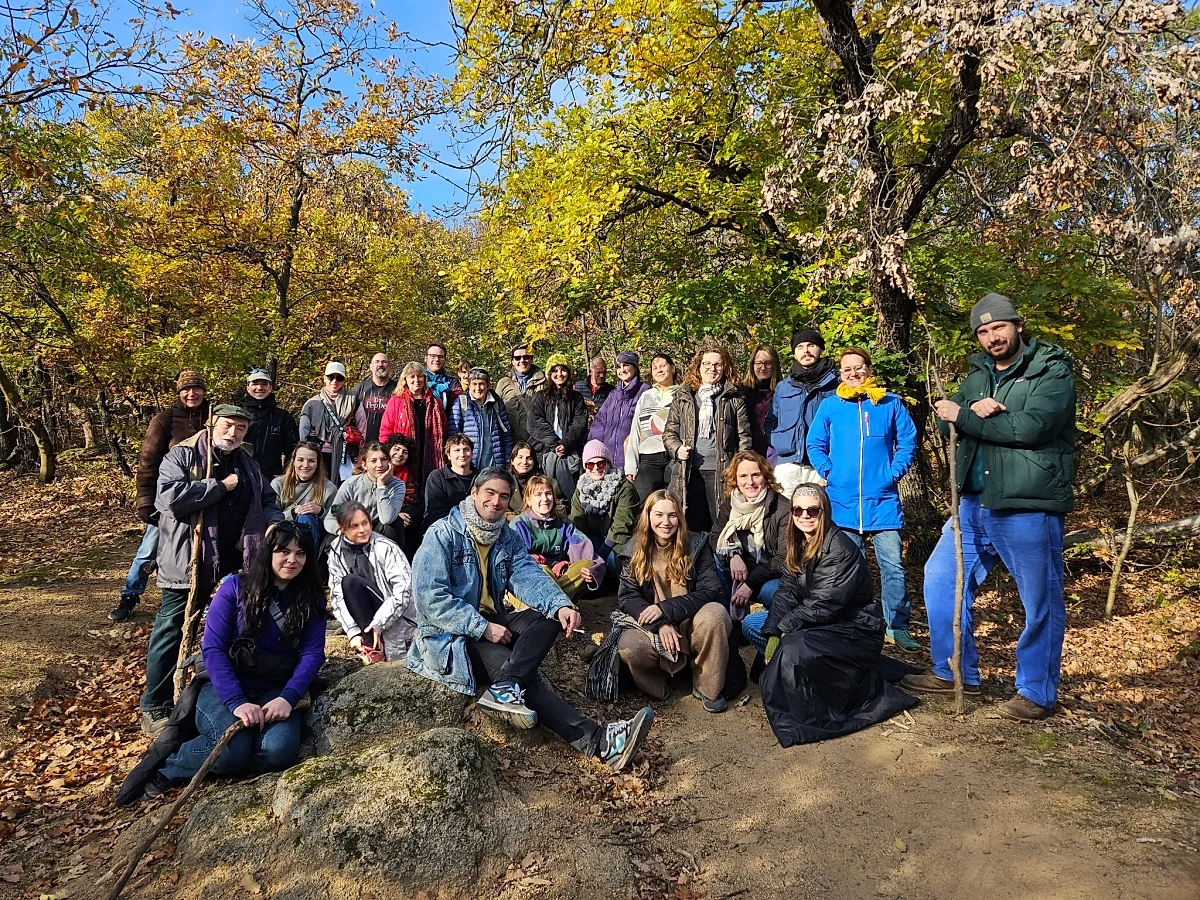
Which university project do you look back on most fondly?
One of the most exciting periods for me was the STAGE course in the first semester of my MA. Six of us came together to organise a performance – it was collaborative, messy, inspiring. We worked side by side, pushed each other creatively, and formed a great bond. It also opened up a whole new world for me in terms of working with alternative materials. I reinterpreted rusty old objects from my grandfather’s workshop, which turned into a kind of personal journey through family history as well.
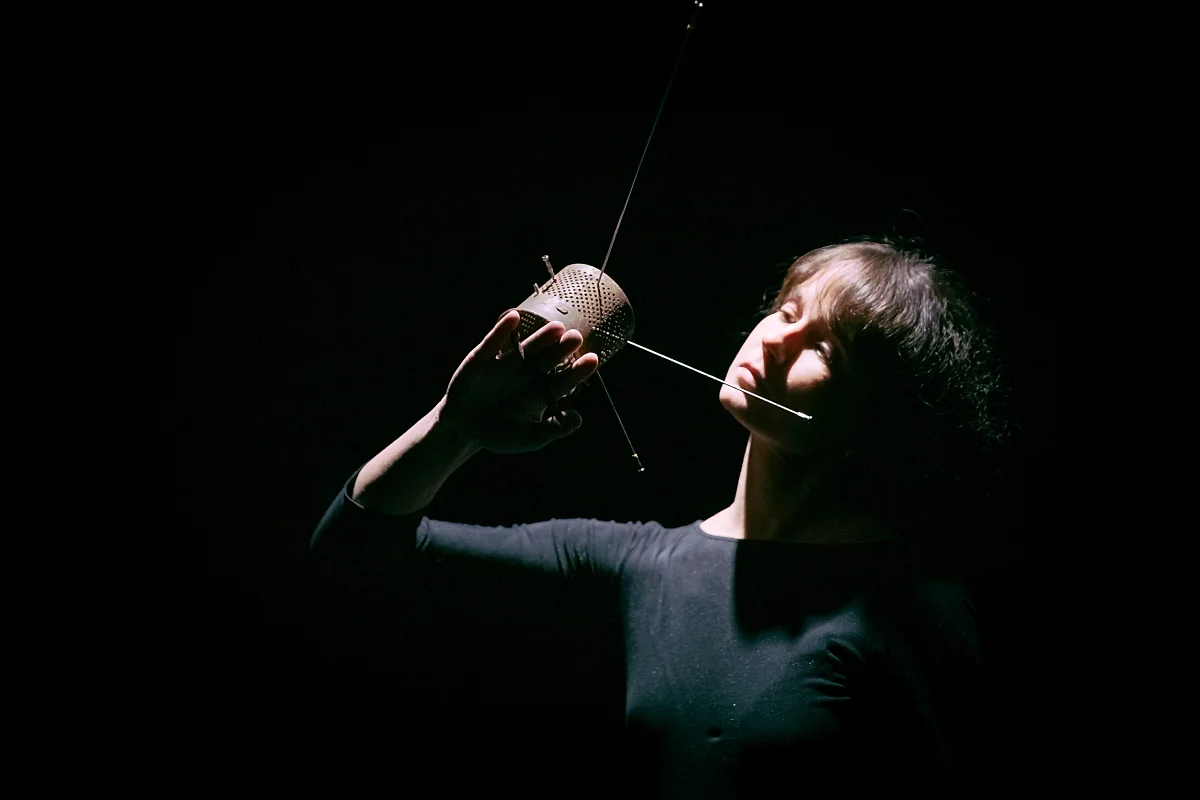
What’s your favourite memory from MOME?
It must’ve been towards the end of my first year as a BA student, definitely before the new campus was built. We often stayed late into the evening just talking in the courtyard. One night, on my way back to the halls, I spotted a campfire near what’s now the BASE. I saw a few familiar faces and joined them. Before long, we were singing folk songs – from Gyimes, Zala, wherever people were from. We taught each other songs from our home regions. Someone brought a ukulele, someone else used whatever was lying around as a drum. Everyone joined in.
That moment still pops into my mind every time I’m back at MOME.
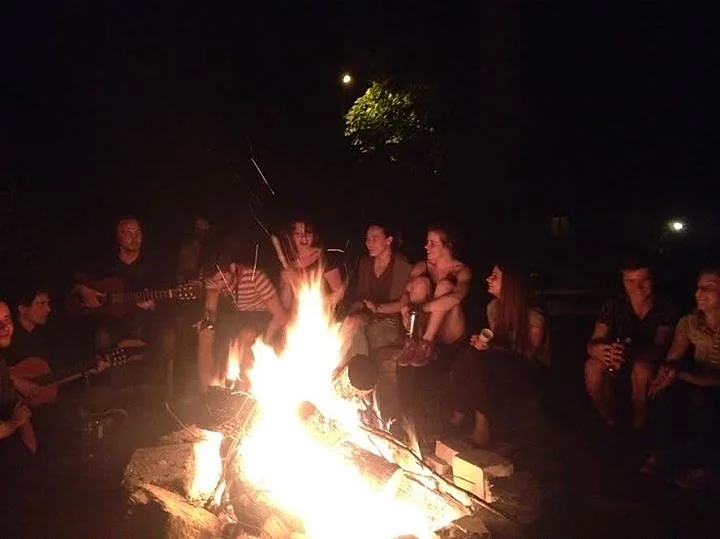
What advice would you give to your younger self preparing for the entrance exam?
"Trust your ideas and your instincts. Don’t panic if others don’t immediately ‘get’ what you’re doing – you’re a long-distance runner. Some projects need time. Ask questions, revisit your themes from different angles. Listen to people you’re expected to – especially those whose opinions genuinely matter to you. Weigh things up, but don’t take it personally if the feedback isn’t packaged the way you expected. Oh, and apply for everything!”
That’s roughly how it would go.
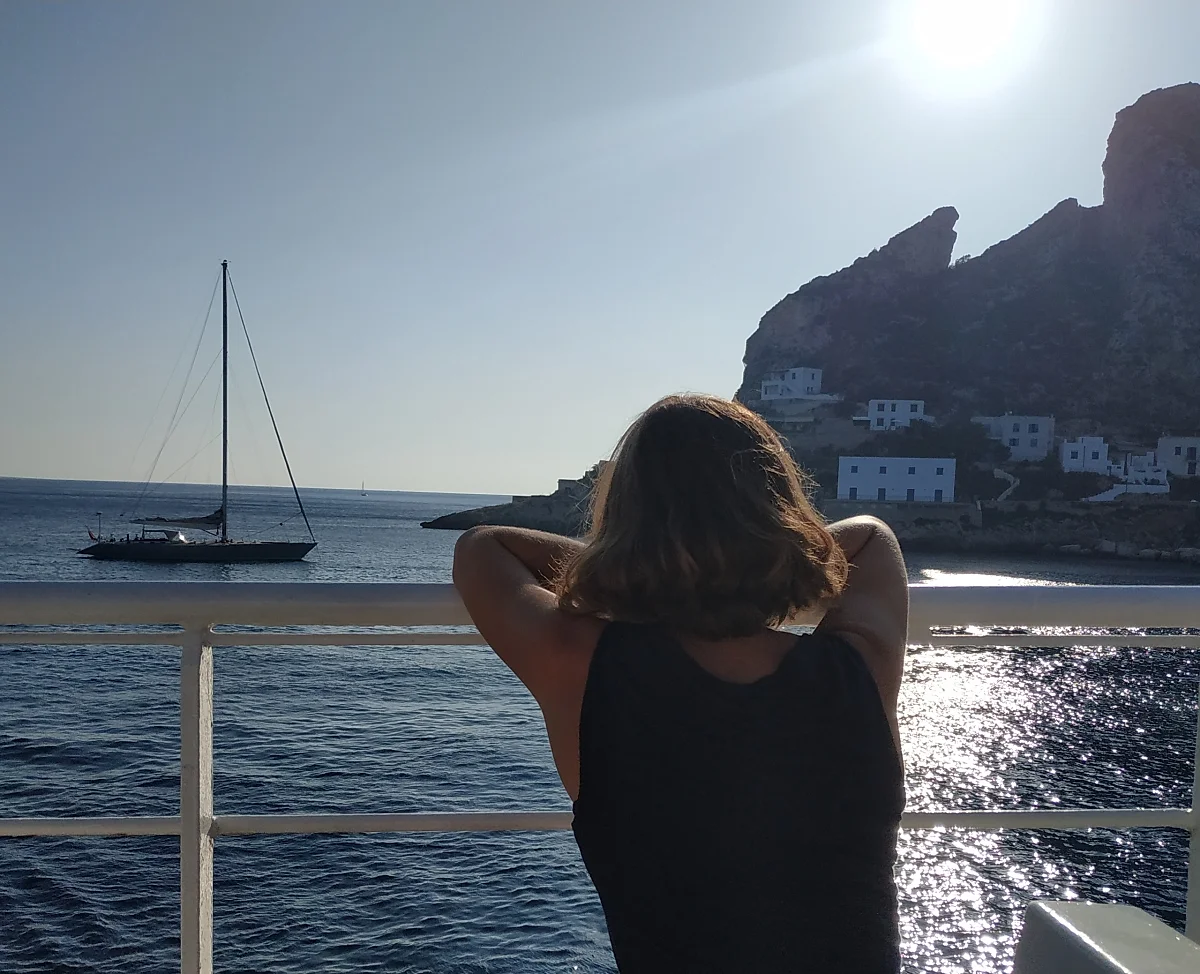
When did you last visit the university, and why?
I’m currently a mentor in the ‘Tomorrow Belongs to You’ programme, so I visit regularly. I’m really enjoying it so far – it’s given me a new burst of energy for engaging with cultural events.
What professional achievement are you most proud of since graduating? What made that project so exciting for you?
Last summer I was awarded a place on the Visegrad Fund and Accademia di Costume e Moda Fashion Residency. I spent two months in Milan researching a particular area of Italian fashion. As a jewellery designer, I focused on the history and current state of bigiotteria – costume jewellery – and explored the historical and social contexts that shaped it.
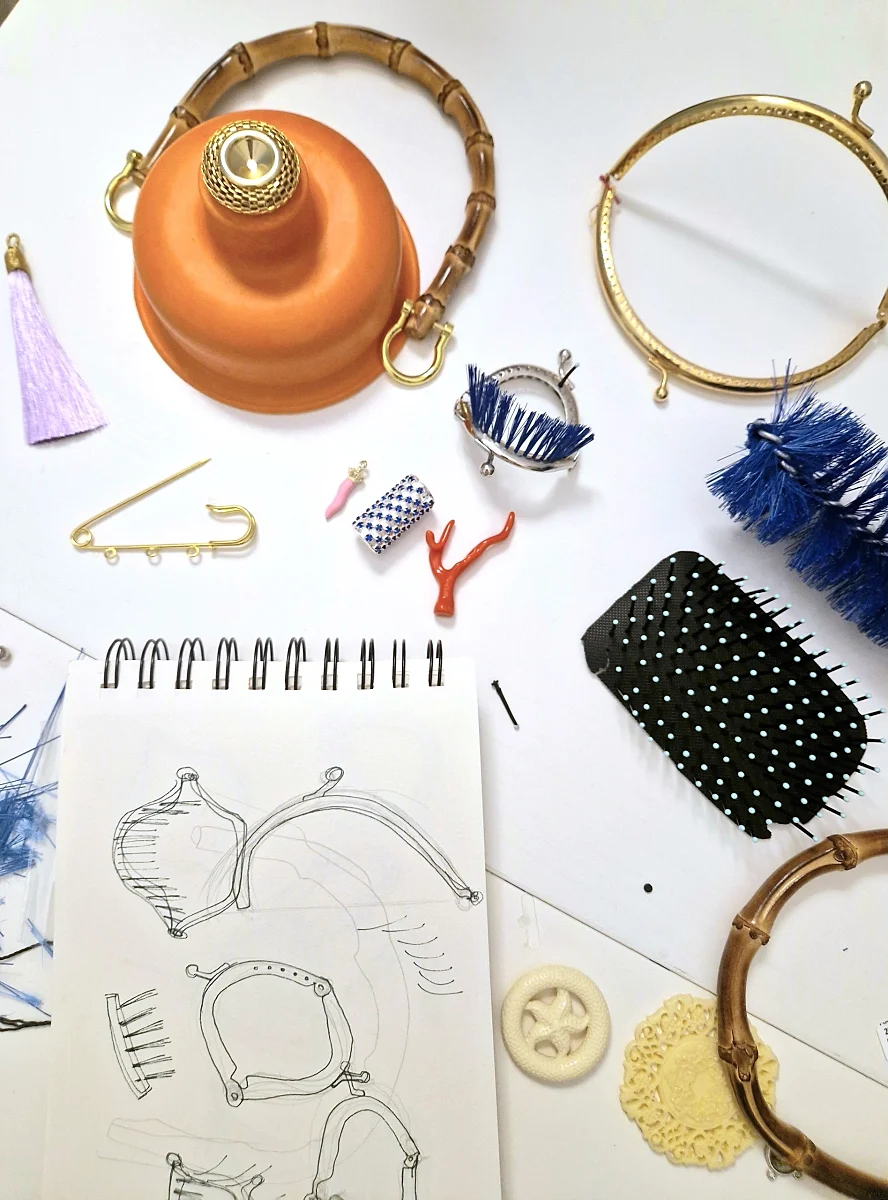
I was fascinated by this genre, especially its diverse use of materials and motifs, which took the 20th century by storm. I explored vintage shops, museums, private collections, and libraries. The project culminated in a critical jewellery collection that’s still taking shape. It’s an experience that will stay with me for the rest of my life.
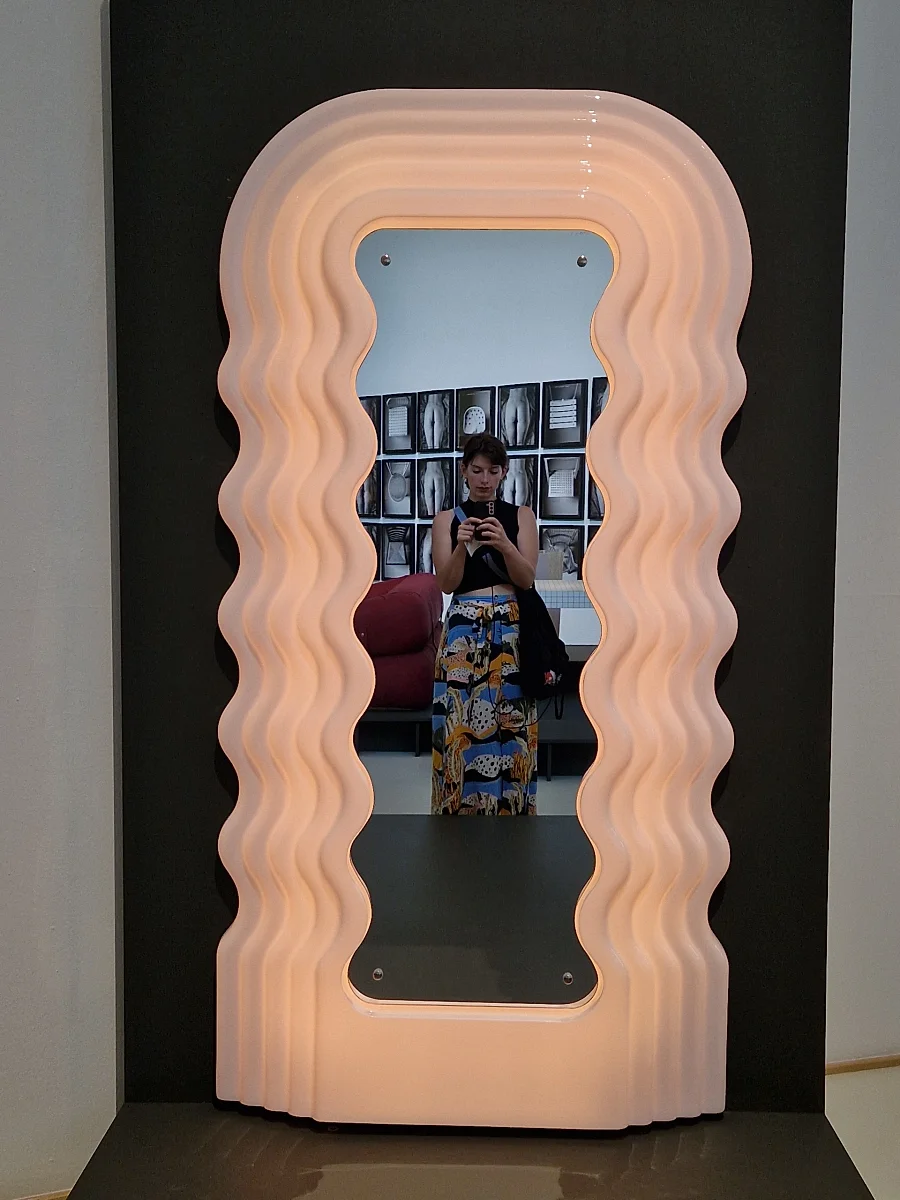
Who would be your dream collaborator?
Oh, the list is endless – but right now I’m really drawn to performance. More specifically, I’d love to explore experimental music, accessory design and sound creation in collaboration with musicians.
Do you have a secret skill or talent most people don’t know about?
It’s not exactly a secret, but whenever I get the chance, I make music – more specifically, I sing. I’ve had – and still have – a few music-related projects. It’s always been a dream of mine to bring my two creative worlds together someday.
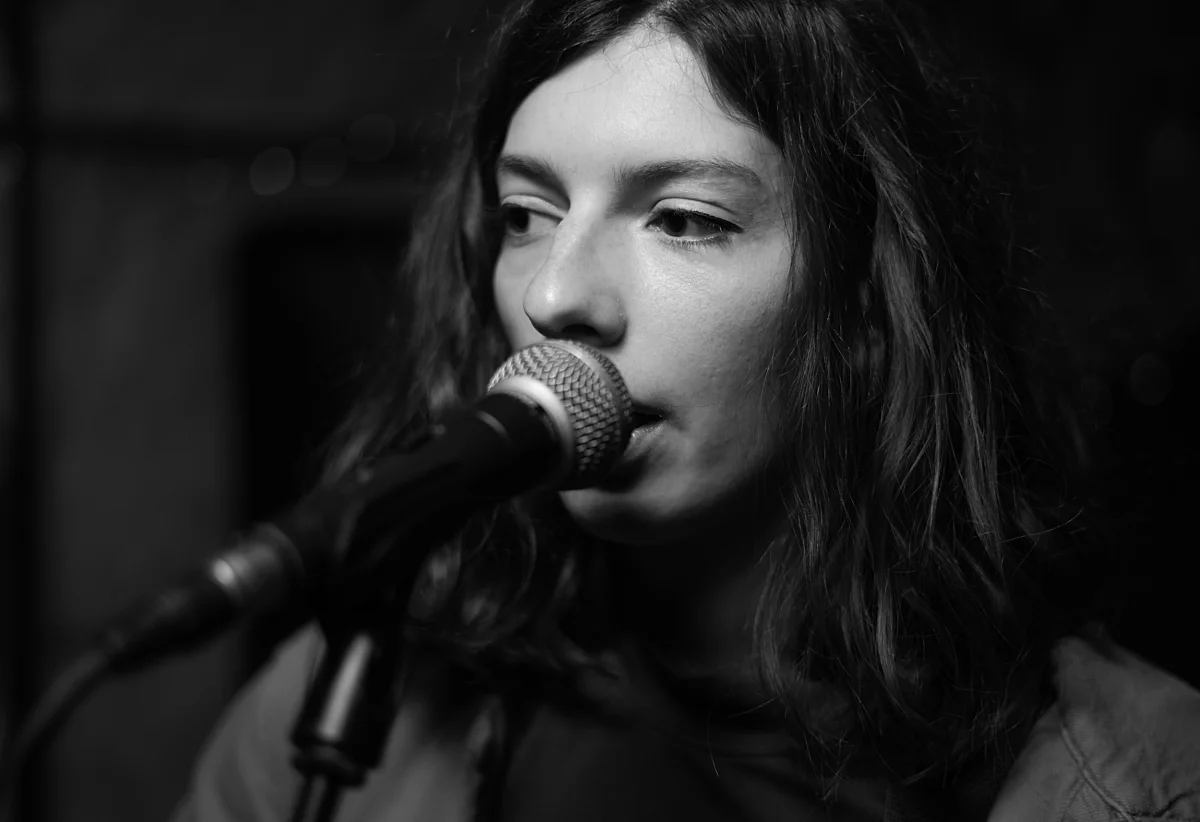
What are you working on right now? What do you enjoy most about it?
I’ve got a few projects running in parallel, but my long-term focus at the moment is my “one-line” collection – silver jewellery based on continuous line drawing techniques. It feels good to be working with metal again and to create something wearable with a more subtle aesthetic, which is a bit of a departure from my more conceptual work.
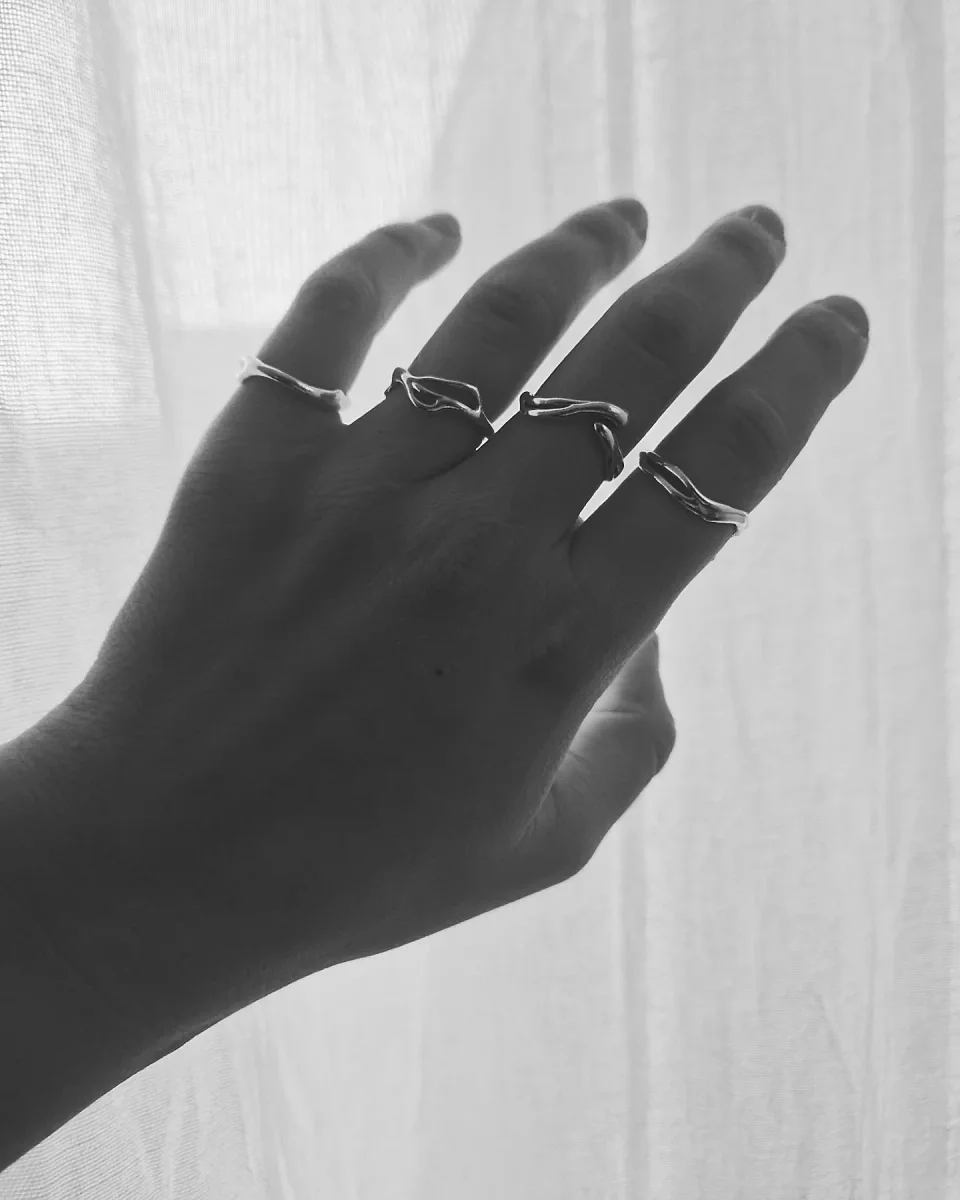
What inspires your work?
The aesthetics of everyday objects, situations, and practical solutions. The forgotten histories and material culture of micro-communities.
What helps you switch off and recharge, even during the busiest times?
Writing. I absolutely love writing – it’s incredibly useful. It helps me sort through the chaos in my head and gives form and structure to it all.
Have you ever had a creative block? What helped you overcome it?
Definitely – and it’s something that comes and goes. But that’s part of the beauty of the creative process. Travelling – in any form – has always helped. It gives me fresh input, new ideas, and motivation.
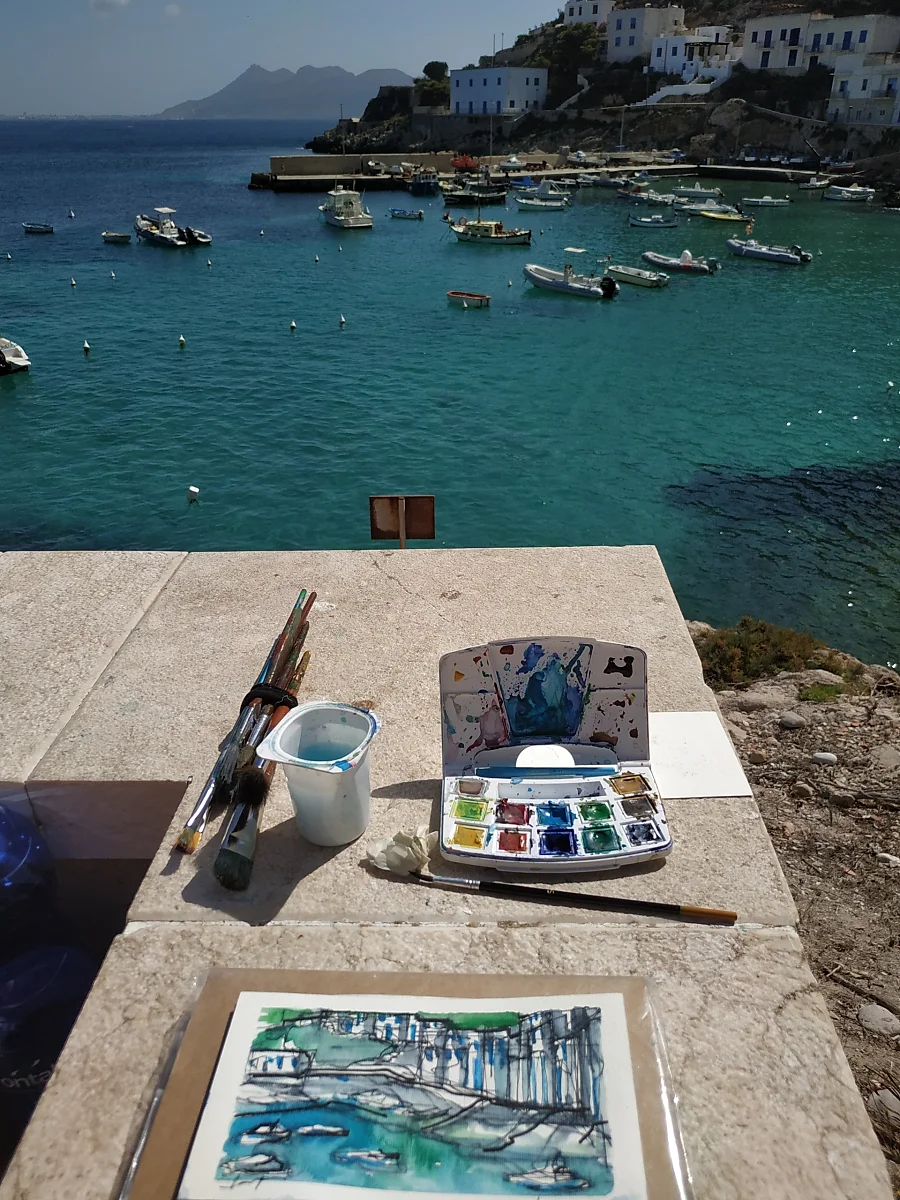
What kind of music do you listen to while working?
It depends on the project. Anything from late-Romantic Swedish choral music to psychedelic tracks with traditional Arabic influences.
What’s one book that’s important to you?
Jean Baudrillard’s The System of Objects. I think it’s a masterpiece. I could read it endlessly, and it’s been tremendously helpful in positioning my own work.
What’s a film that means a lot to you?
Orlando.
